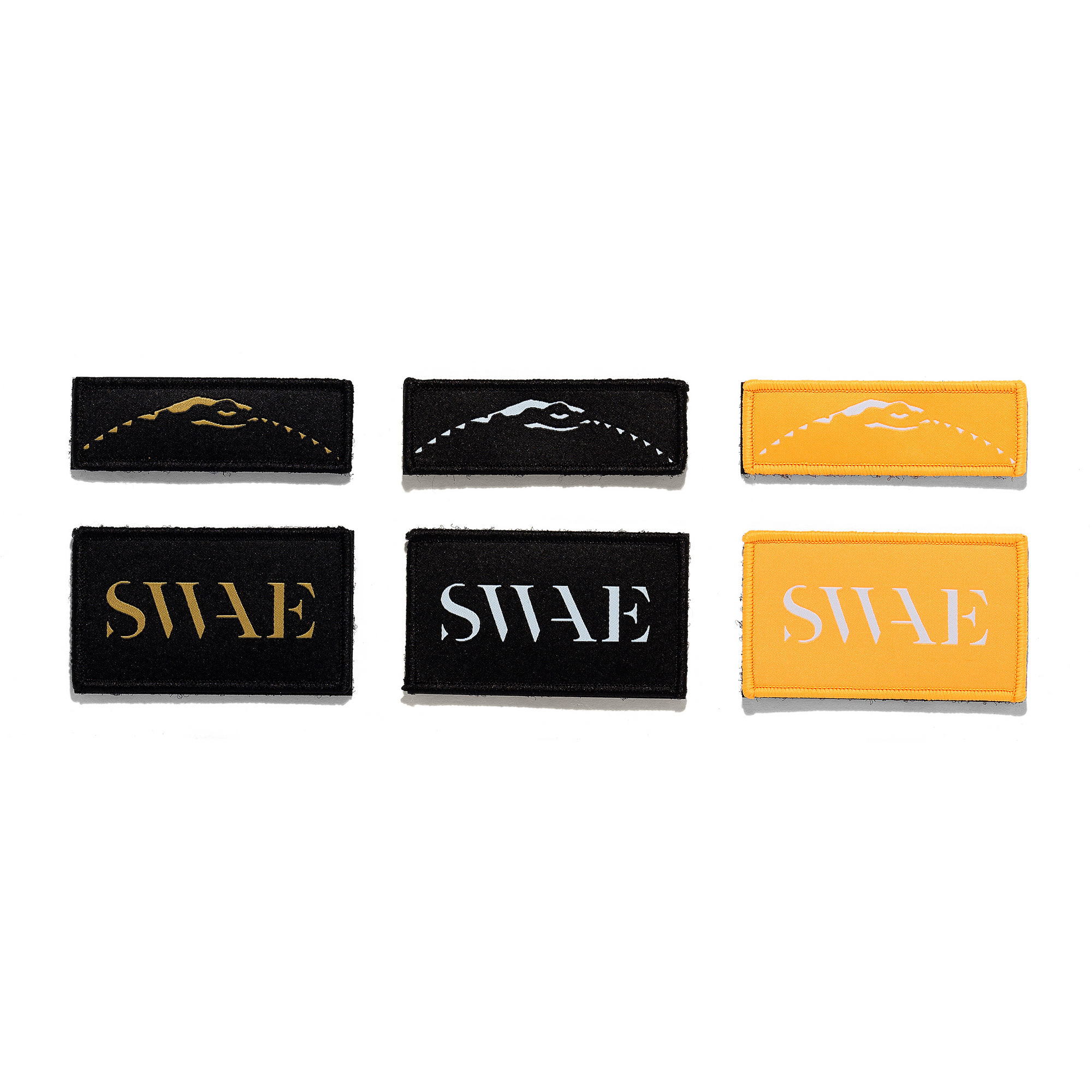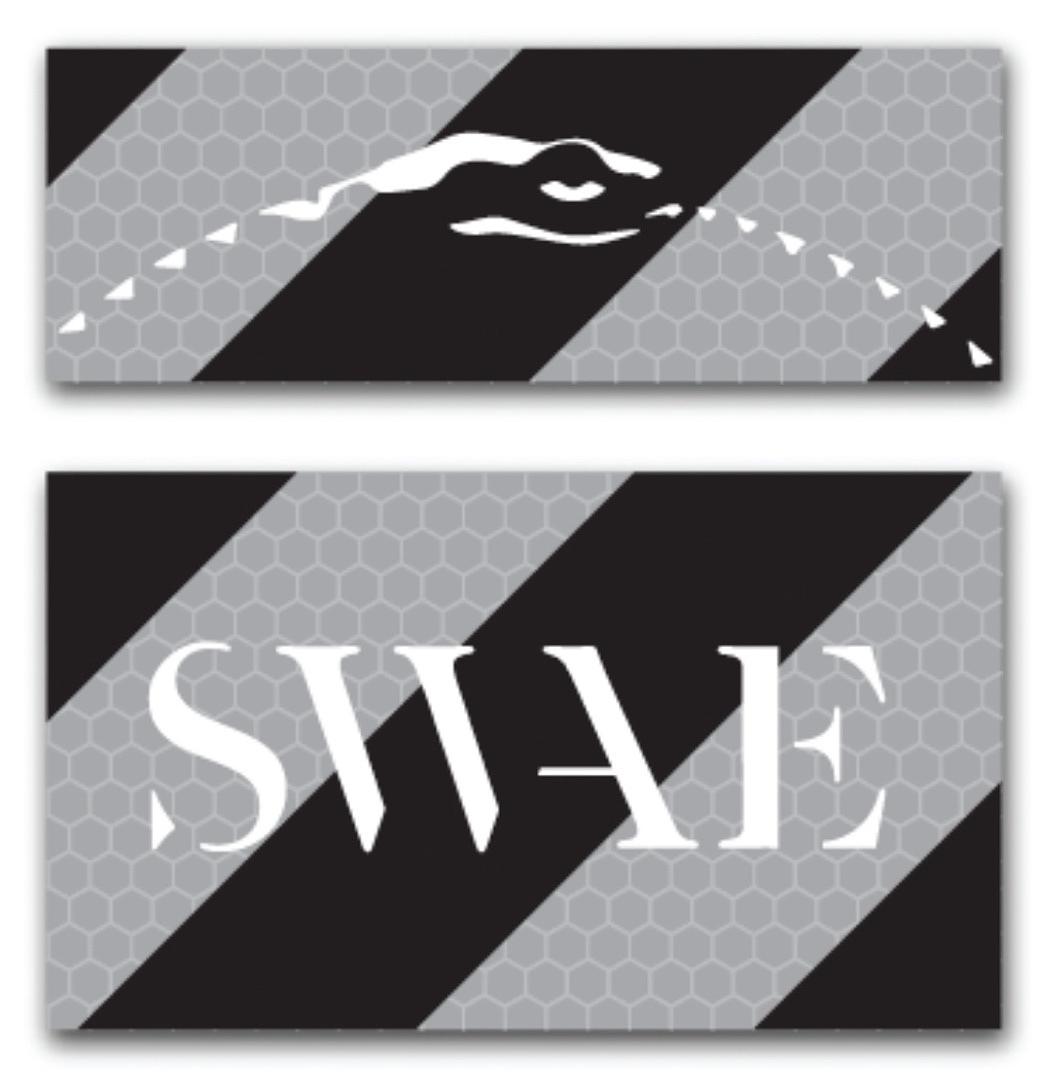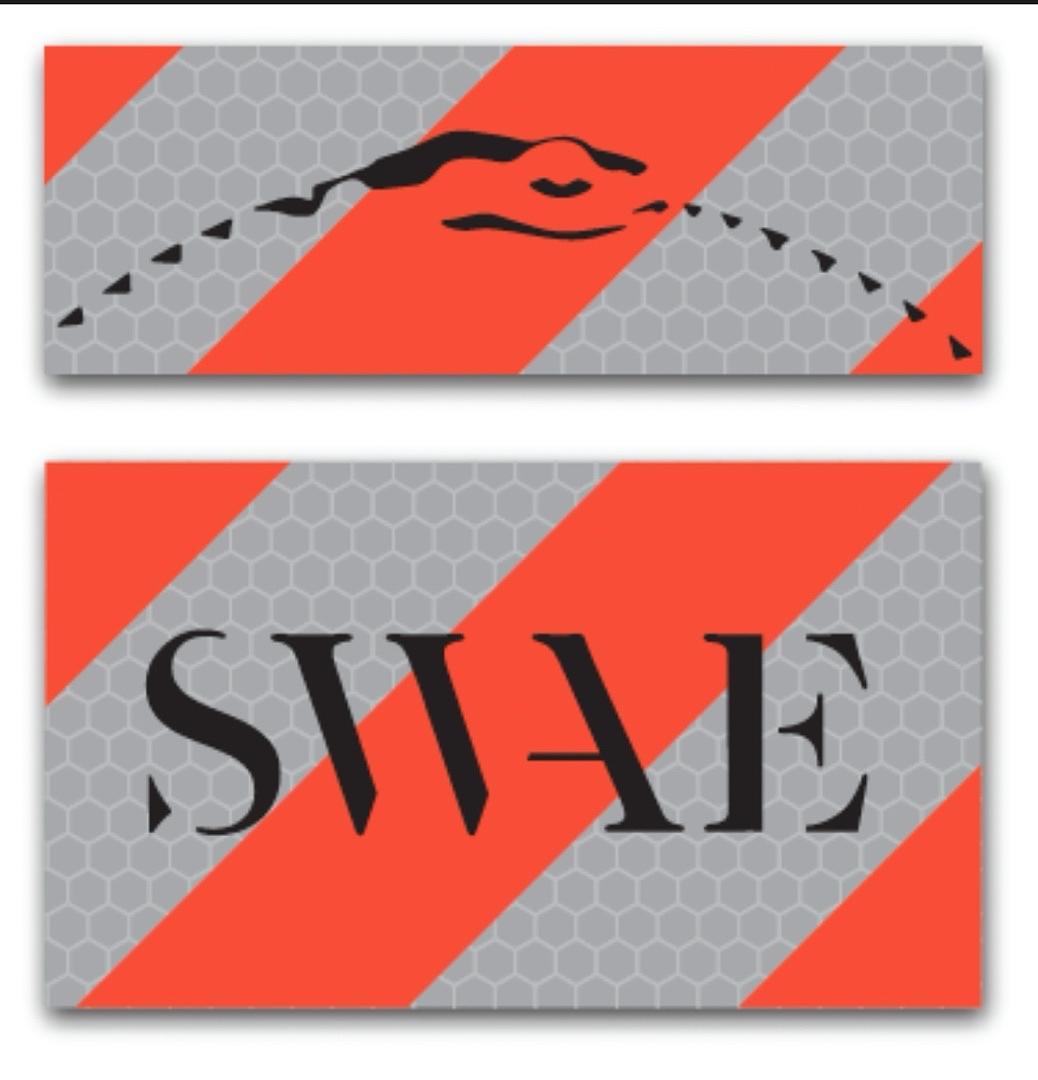Workshop
BIG SKIES, BIG WAVES
The music blaring out of the boat's speaker is so loud you can't hear anything the rope operator is saying. Coaching you through movements with their hands, you start to steady yourself and find the grove you established last summer. It's exhilarating, the power of the water becoming one with the board beneath your feet. Tossing the rope across the stern of the boat, you feel the momentum carry you across the pristine water. Summer is here, and nothing could be better than this.
When most people picture the majestic state of Montana, one of the last things they think of is surfing. Yet each summer, hundreds of people across this landlocked state head out to the lakes scattered across Montana to do just that. Many of the same balance skills used for skiing and snowboarding every winter apply to riding less frozen water. It means our skills never get rusty, and the good times roll year-round. For us, our favorite watersport is undoubtedly wake surfing. But what exactly is wake surfing?
Before diving into an explanation of wake surfing, we must cover its faster, more aggressive predecessor, wakeboarding. Most watercraft in the past, and many fishing vessels today, have propellers situated just off the back of the boat, which means it's far too dangerous to get close to the back of an in-motion watercraft. Utilizing a much longer tow rope of around 65-85 ft and speeds above 19 to 25 mph creates "safer" conditions for wakeboarding. This fast speed generates a massive wake and a perfect ramp for tricks, much like a half pipe for a skateboarder. Wakeboards are shorter and come standard with bindings to keep you attached to the board. But remember, with wakeboarding, you must always keep hold of the rope.
Surf Montana
As this water sport became more popular, surfers wondered if they could simply surf the wake instead of holding onto the tow rope for dear life. Finally, the dream became a reality by utilizing inboard boats or boats whose propeller sits safely below the vessel. Wake surfing is done much slower, around 9 to 13 mph. Initially, you use the tow rope, albeit at a much shorter length, around 25 feet, to get onto your feet from a sitting position. But then, once you feel the wave's momentum carrying you, toss the rope back into the boat and ride. As the speed is much more forgiving on the body, wake surfing over wakeboarding is considered the easier sport.
The origin of wake surfing is incredibly disputed, with many individuals and businesses claiming to be the first to pioneer the idea, some as far back as the 1920s. We know that pictures of the 1960’s show people stacking passengers into the back of boats to create a wake and then using shortened surfboards to ride it, rope free. However, it wasn't until the 1990s that technology made the activity genuinely safe, and vessels could start to generate wakes of their own accord. With the first world championship held in 1996, wake surfing would become a permanent fixture worldwide.
Of course, with any extreme sport, the question of how far it could be taken began to arise. Tricks and ideas seem boundless with the board unattached to your body. People have done yoga while wake surfing or made sandwiches. Some wake surf with their kids, others with their dogs. If you can think of it, you can probably do it while wake surfing.
As always, this is a challenge to get out there and enjoy the experience. Wakeboard boats and boards are usually for rent at most lakes. It is a great activity when headed out to the water and something almost everyone should try at least once. While it may be challenging to get up onto the board the first couple of times, we can assure you once you're floating on the water, it's the best feeling in the world.
















